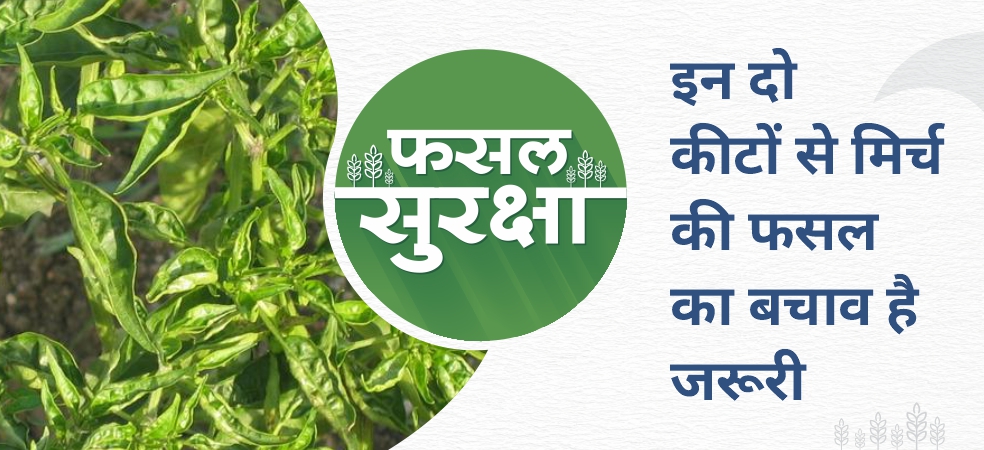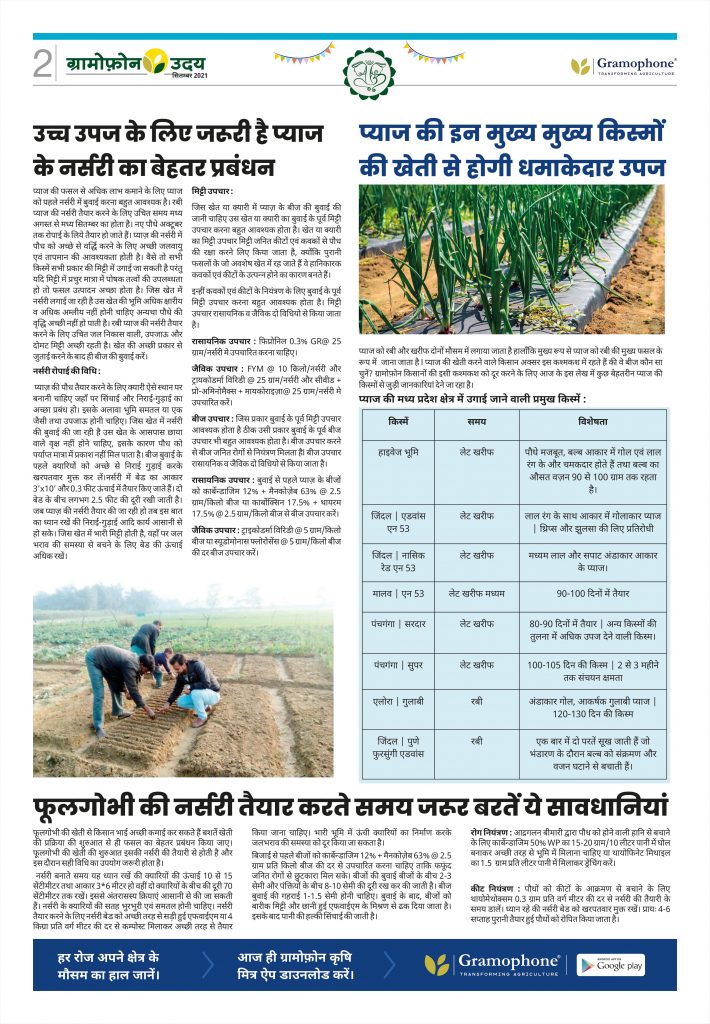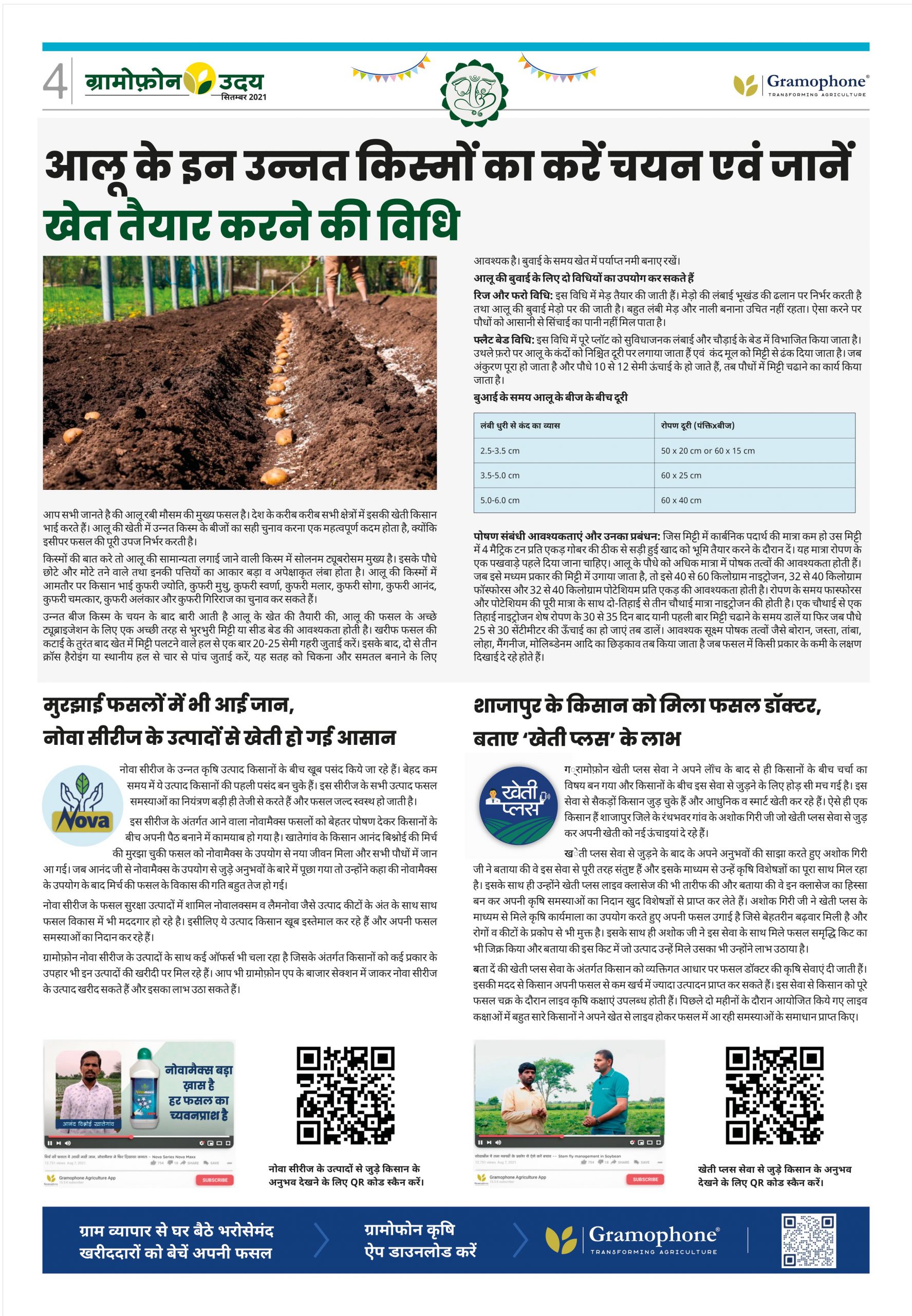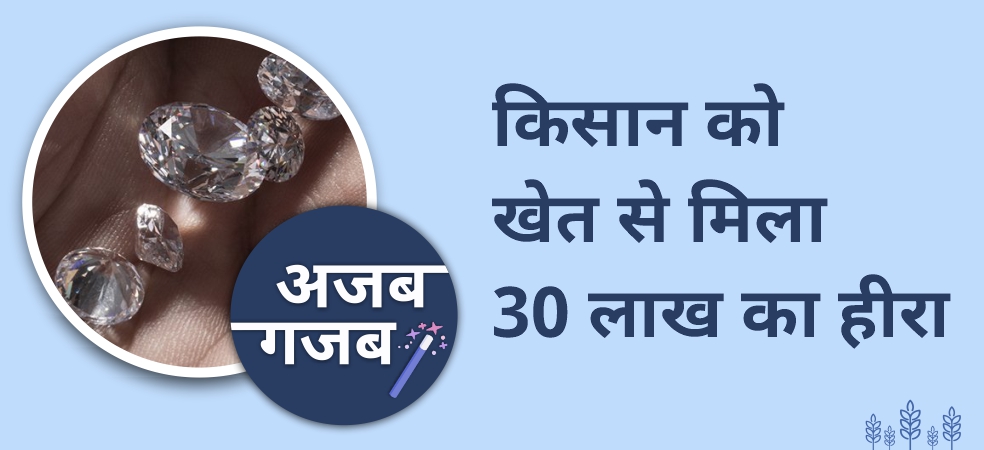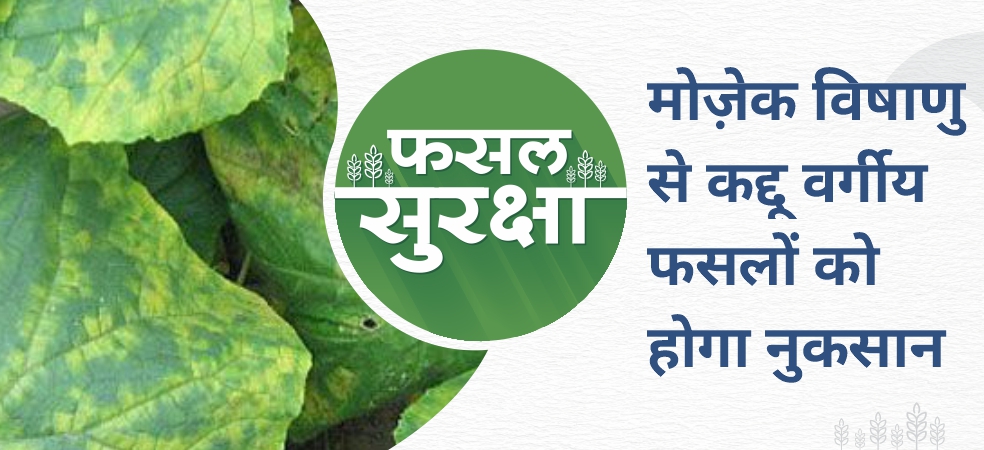Gramophone Krishi Mitra app, which provides agricultural help to the farmers every moment, is becoming very famous among the farmers of Rajasthan. A few months back, when Gramophone started its delivery services for Rajasthan as well, it was welcomed by the farmers.

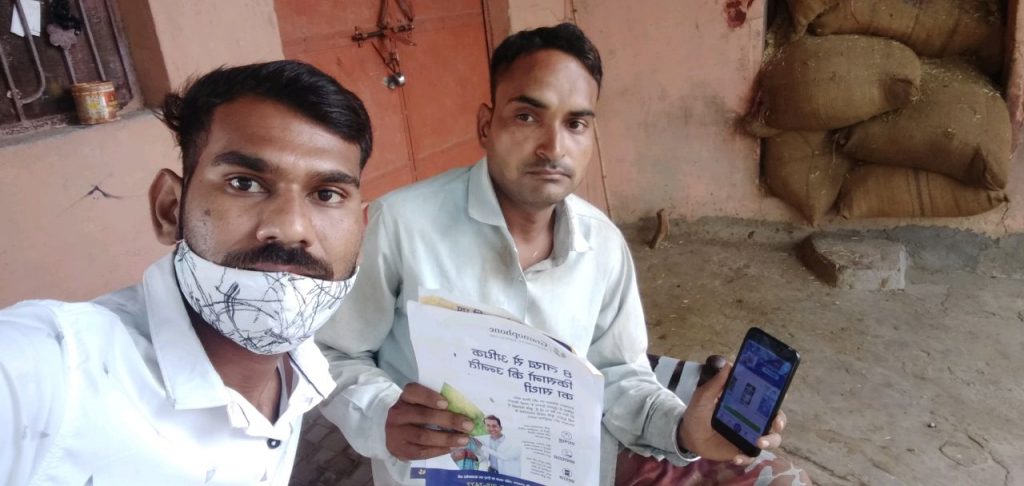


Let us tell you that many farmers of Rajasthan used to get solutions to their agricultural problems from agricultural experts through the Gramophone app. But now that the delivery services of gramophone have been started in Rajasthan too, the number of farmers joining the gramophone app has increased a lot.
Share

